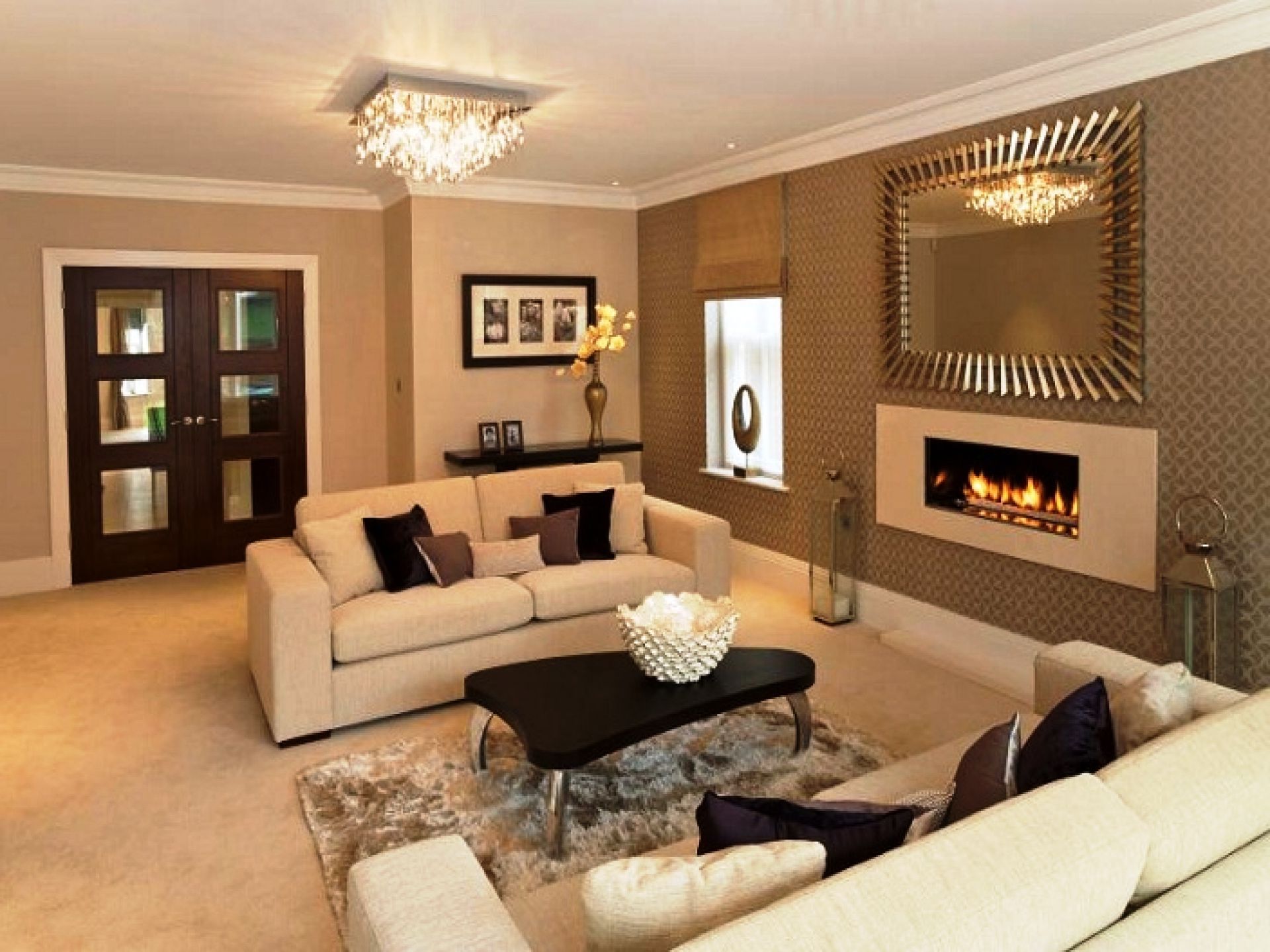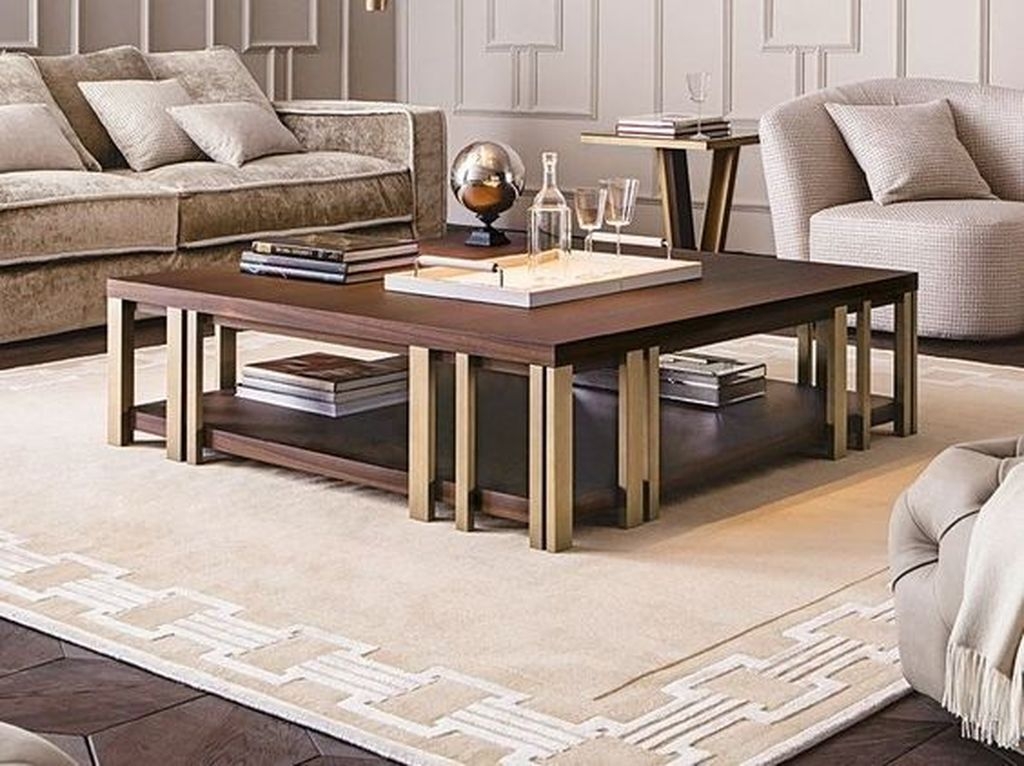Choosing the right colors for your living room can be a daunting task. With so many options available, it can be overwhelming to decide on the perfect color palette. But fear not, we have compiled a list of the top 10 matching colors for your living room to help you design a space that is both stylish and cohesive.Color Schemes for Living Rooms
The first step to creating a beautiful living room is to choose a color palette that sets the tone for the entire space. Start by identifying your main color. This could be a neutral color like beige, grey, or white. Then, choose two to three accent colors that complement the main color. For example, if your main color is grey, you can pair it with bold pops of yellow and soothing shades of blue to create a balanced and visually appealing color scheme.How to Choose the Perfect Color Palette for Your Living Room
The key to a cohesive living room design is to coordinate your colors. This means choosing colors that work well together and create a harmonious look. One way to achieve this is by using a monochromatic color scheme, where you use different shades and tints of the same color throughout the room. This creates a cohesive and sophisticated look while still incorporating a variety of colors.Coordinating Colors for a Cohesive Living Room Design
When it comes to matching furniture and wall colors in your living room, there are a few things to keep in mind. First, consider the size of your space. If you have a small living room, opt for lighter wall colors to create the illusion of a larger space. For larger living rooms, bold and dark wall colors can add depth and warmth to the room. Additionally, consider the color of your furniture when choosing your wall color. Neutral furniture pairs well with warm tones, while bold furniture can be complemented by cool tones.Tips for Matching Furniture and Wall Colors in Your Living Room
Color theory is the study of how colors interact with each other and how they can be used to create a desired effect. When designing your living room, it can be helpful to understand the basics of color theory to create a harmonious and visually appealing space. For example, complementary colors (colors opposite each other on the color wheel) create a bold and vibrant look, while analogous colors (colors next to each other on the color wheel) create a more subtle and cohesive look.Using Color Theory to Create a Harmonious Living Room
If you're looking to create a modern and stylish living room, there are a few color combinations that work particularly well. One popular option is black and white, which creates a sleek and sophisticated look. You can also add a pop of color by incorporating a bold shade, such as red or navy blue. Another modern color combination is grey and yellow, which adds a touch of warmth and brightness to the room.The Best Color Combinations for a Modern Living Room
When it comes to matching colors in your living room decor, there are a few dos and don'ts to keep in mind. Do use a variety of textures to add depth and visual interest to the space. Don't use too many bold colors as this can create a chaotic and overwhelming look. Do use a color wheel to help you choose complementary colors. And don't be afraid to experiment with different color combinations until you find the perfect one for your space.Matching Colors in Your Living Room Decor: Dos and Don'ts
Now that you have a better understanding of color theory and how to coordinate colors, let's break down the process of creating a color scheme for your living room into simple steps. Step 1: Choose your main color. This will set the tone for the entire room. Step 2: Choose two to three accent colors that complement the main color. Step 3: Consider the size of your space and the color of your furniture when choosing your wall color. Step 4: Use the color wheel to help you choose complementary colors. Step 5: Experiment with different color combinations until you find the perfect one for your living room.Creating a Color Scheme for Your Living Room: Step by Step Guide
Accent colors are a great way to add visual interest and tie your living room together. Choose one accent color and use it in various elements throughout the room, such as throw pillows, artwork, and decorative accents. This will create a cohesive look and add a pop of color to the space.How to Use Accent Colors to Tie Your Living Room Together
Still feeling unsure about how to match colors in your living room? Look for inspiration and ideas from interior design magazines, websites, and social media. You can also visit furniture and home decor stores to see how they use color in their displays. Don't be afraid to draw inspiration from different sources to create a unique and personalized color scheme for your living room. In conclusion, matching colors in your living room may seem like a daunting task, but by following these tips and using your creativity, you can create a space that is both stylish and cohesive. Remember to choose a main color, coordinate your colors, and use accent colors to tie the room together. With a little bit of knowledge and experimentation, you can design a living room that reflects your personal style and brings you joy every time you enter the room.Matching Colors in Your Living Room: Inspiration and Ideas
Why Matching Colors in Your Living Room is Essential for a Cohesive Design

The Impact of Colors in Interior Design
 When it comes to designing a living room, one of the most important aspects to consider is the color scheme. The colors used in a room can greatly impact the overall feel and aesthetic of the space. Colors have the power to evoke certain emotions and set the tone for the room. This is why it is crucial to carefully select and
matching colors
in your living room.
When it comes to designing a living room, one of the most important aspects to consider is the color scheme. The colors used in a room can greatly impact the overall feel and aesthetic of the space. Colors have the power to evoke certain emotions and set the tone for the room. This is why it is crucial to carefully select and
matching colors
in your living room.
Creating a Cohesive Look
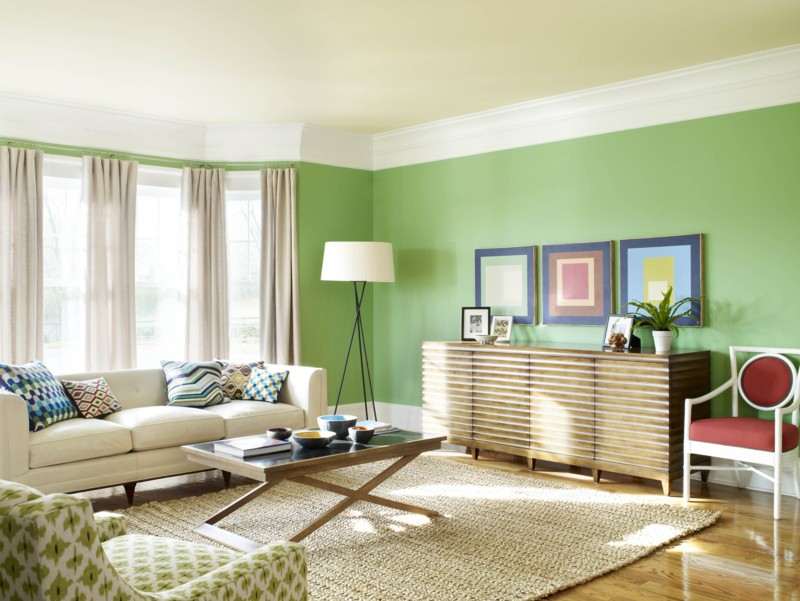 The first reason why
matching colors
in your living room is essential is to create a cohesive look. When different colors are used in a space without any thought, it can result in a cluttered and chaotic appearance. On the other hand, when colors are carefully chosen and coordinated, they can tie the room together and create a sense of harmony. This is especially important in a living room, which is often the central gathering space in a home.
The first reason why
matching colors
in your living room is essential is to create a cohesive look. When different colors are used in a space without any thought, it can result in a cluttered and chaotic appearance. On the other hand, when colors are carefully chosen and coordinated, they can tie the room together and create a sense of harmony. This is especially important in a living room, which is often the central gathering space in a home.
Setting the Mood
 Another important aspect of
matching colors
in your living room is the ability to set the mood. Different colors have different psychological effects on individuals. For example, cool colors like blue and green can create a calming and tranquil atmosphere, while warm colors like red and orange can evoke energy and warmth. By choosing colors that align with the mood you want to create in your living room, you can enhance the overall ambiance of the space.
Another important aspect of
matching colors
in your living room is the ability to set the mood. Different colors have different psychological effects on individuals. For example, cool colors like blue and green can create a calming and tranquil atmosphere, while warm colors like red and orange can evoke energy and warmth. By choosing colors that align with the mood you want to create in your living room, you can enhance the overall ambiance of the space.
Enhancing the Design Elements
 Finally,
matching colors
in your living room can enhance the design elements in the space. When colors are coordinated, they can bring out the best in each other and make the room feel more put together. For instance, a pop of color in an accent piece can be highlighted and stand out more when it complements the surrounding colors. This adds depth and visual interest to the room.
In conclusion,
matching colors
in your living room is crucial for creating a cohesive design, setting the mood, and enhancing the overall look of the space. By carefully considering the color scheme and coordinating colors, you can achieve a well-designed and inviting living room that reflects your personal style. So, next time you are redesigning your living room, don't underestimate the power of
matching colors
and the impact it can have on your home.
Finally,
matching colors
in your living room can enhance the design elements in the space. When colors are coordinated, they can bring out the best in each other and make the room feel more put together. For instance, a pop of color in an accent piece can be highlighted and stand out more when it complements the surrounding colors. This adds depth and visual interest to the room.
In conclusion,
matching colors
in your living room is crucial for creating a cohesive design, setting the mood, and enhancing the overall look of the space. By carefully considering the color scheme and coordinating colors, you can achieve a well-designed and inviting living room that reflects your personal style. So, next time you are redesigning your living room, don't underestimate the power of
matching colors
and the impact it can have on your home.





:max_bytes(150000):strip_icc()/Litchfield_BeresfordHill_025-5b89787fc9e77c00258aa53c.jpg)


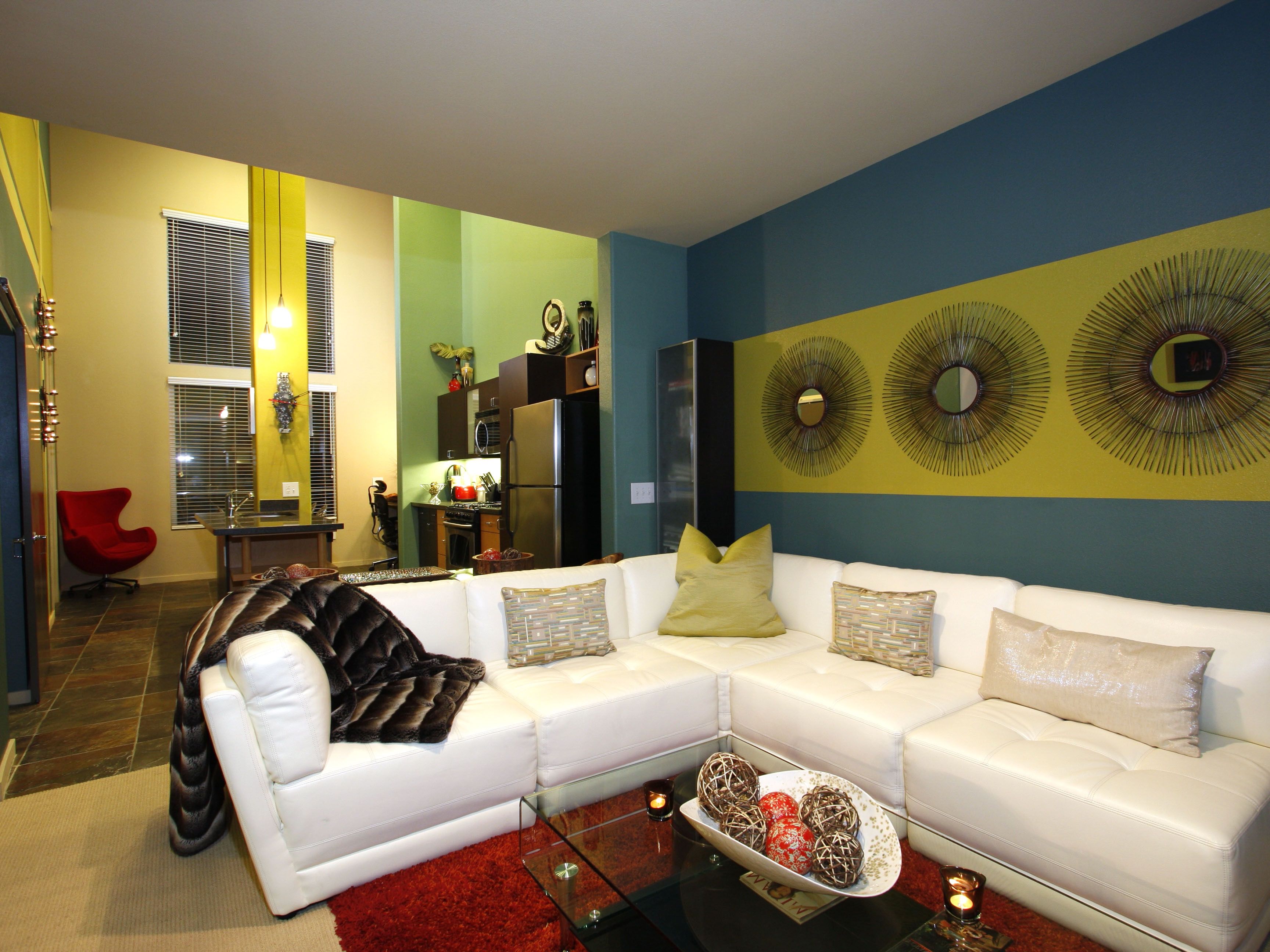




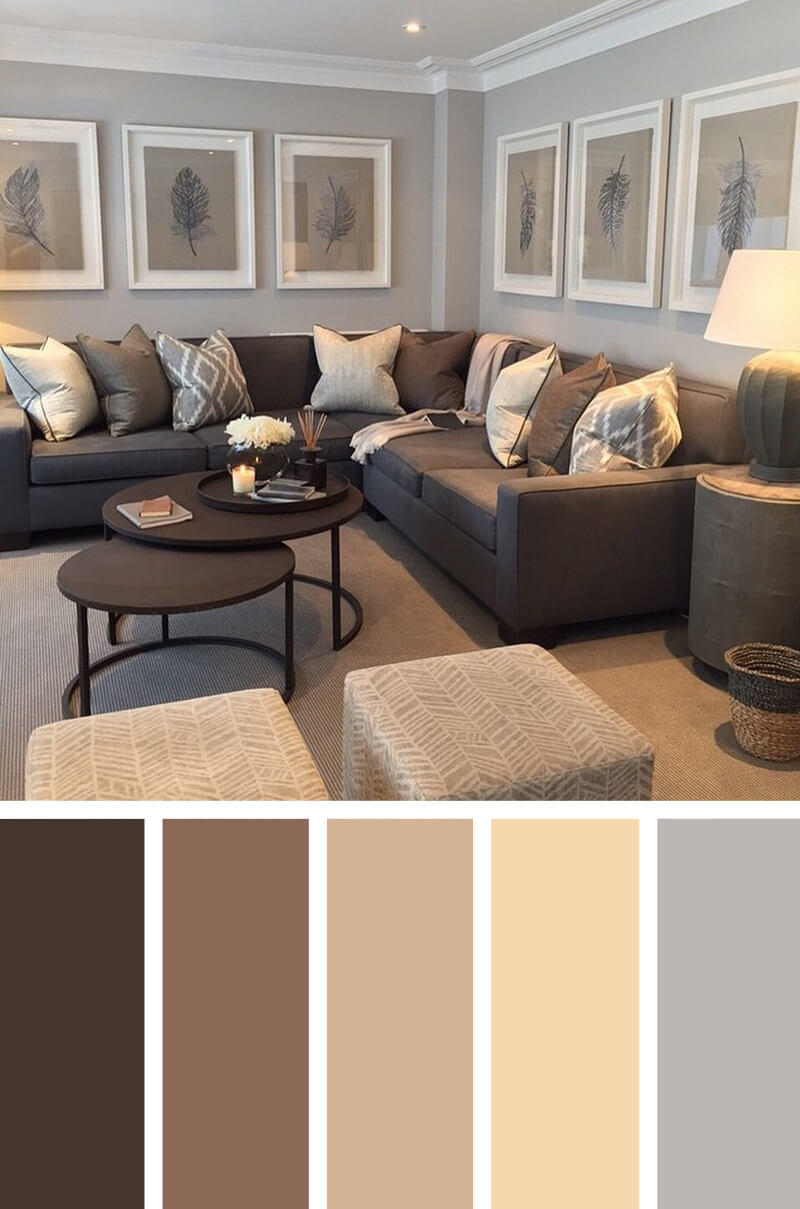












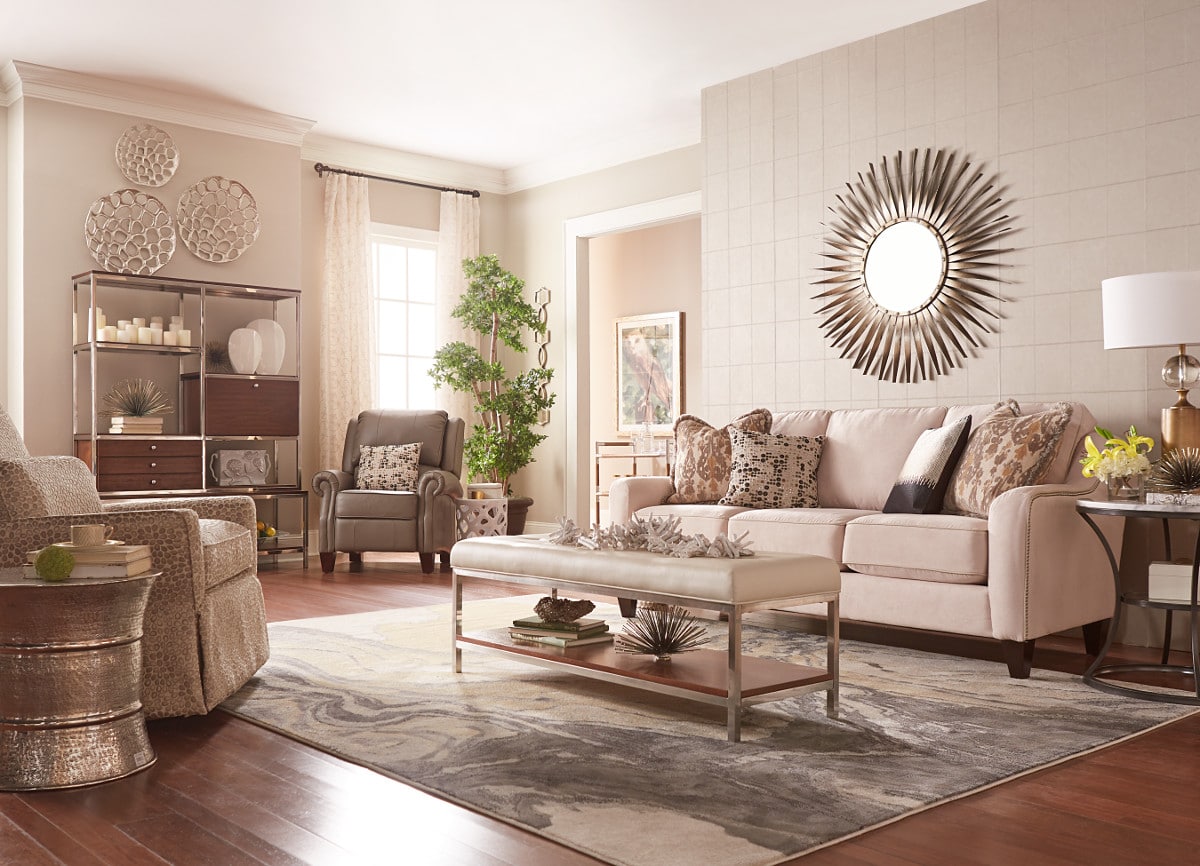











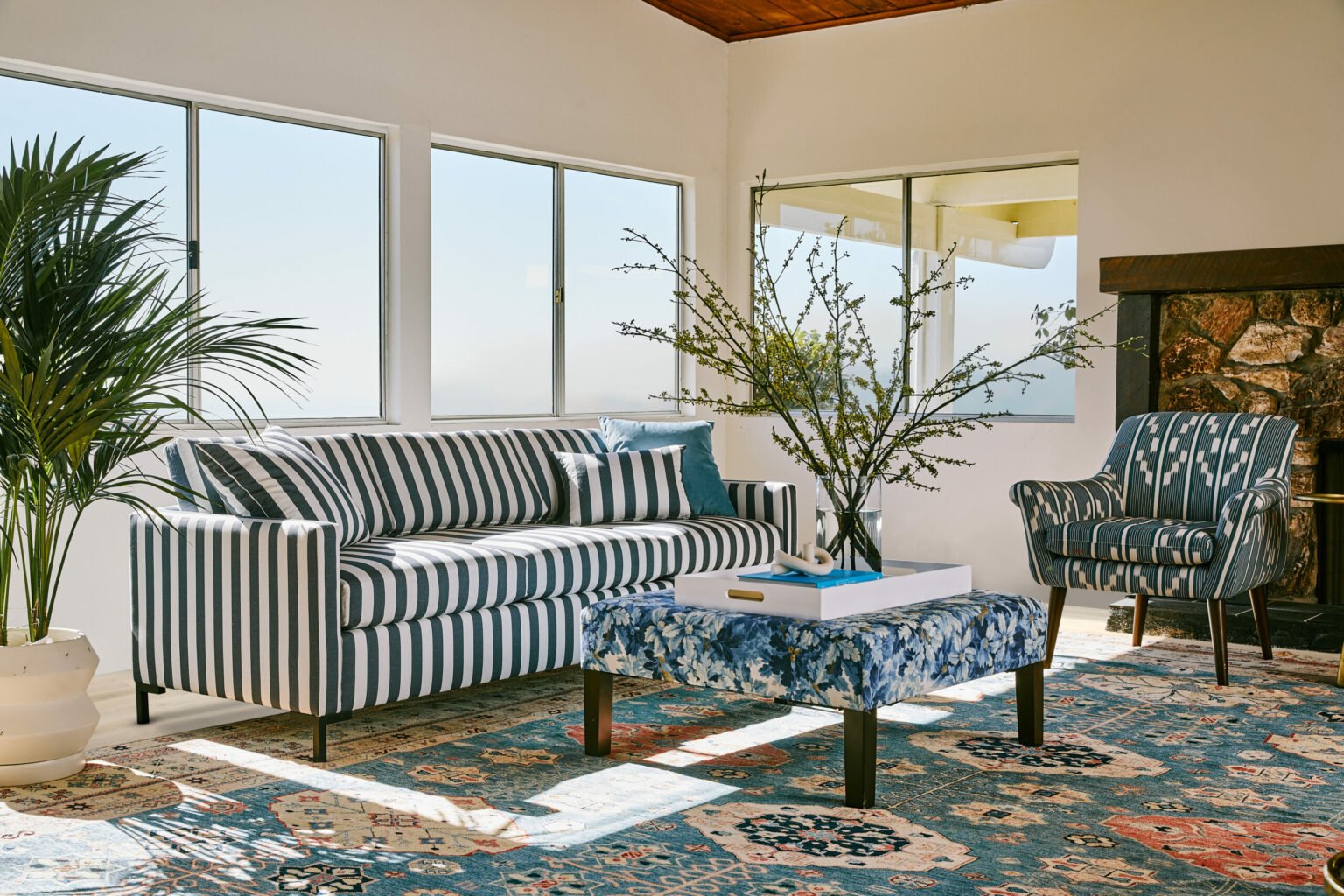
:max_bytes(150000):strip_icc()/Chuck-Schmidt-Getty-Images-56a5ae785f9b58b7d0ddfaf8.jpg)

















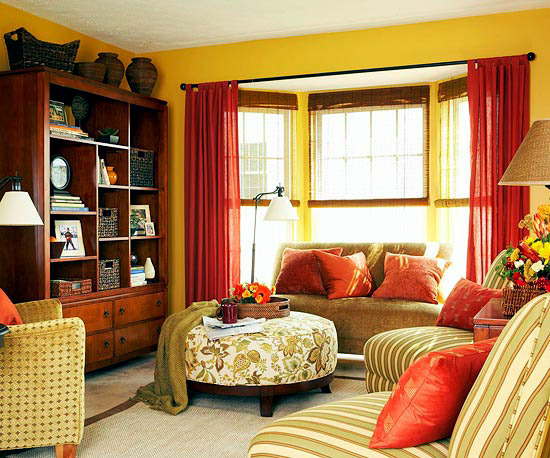

















/living-room-with-orange-wall-640896866-5ab15995a18d9e0037c3a9ba.jpg)













/169789002-58a723d63df78c345b930ec6.jpg)

:max_bytes(150000):strip_icc()/DesignbyEmilyHendersonDesignPhotographerbySaraTramp_181-ba033340b54147399980cfeaed3673ee.jpg)
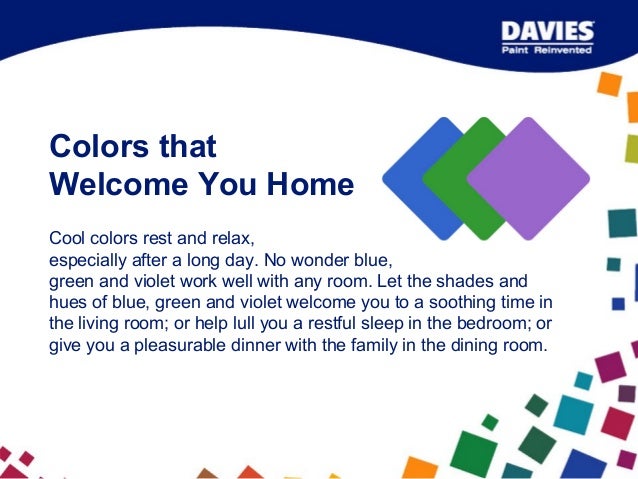
/beginners-guide-decorating-living-rooms-2213483-01-dc1147fbe923412da3fe215f7583e66a.jpg)

















